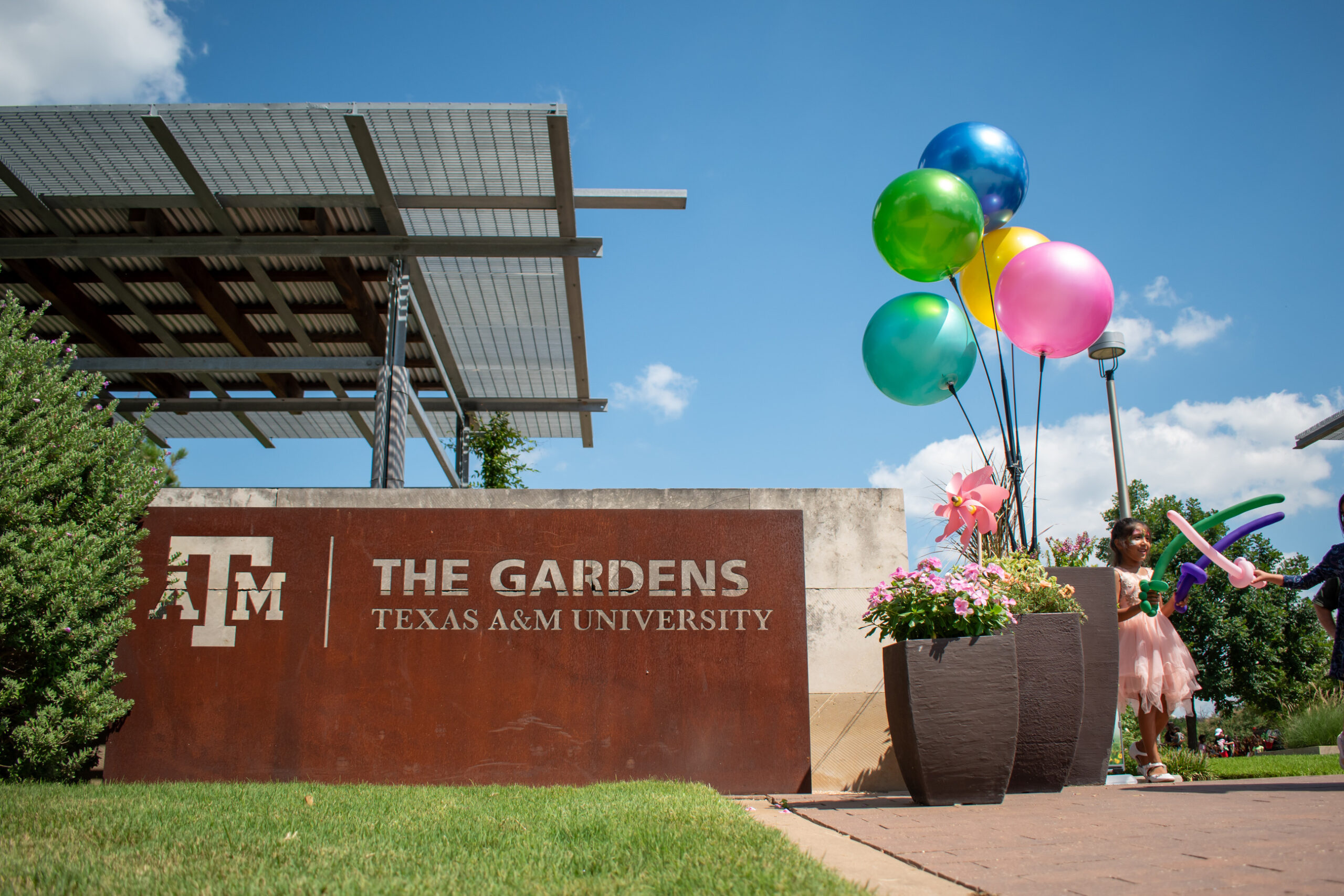Spread of emerald ash borer continues in Texas
Texas A&M AgriLife entities offer advice on protecting trees
Many Texas cities have ash trees as part of their urban landscapes, which could soon come under attack from the rapid spread of the emerald ash borer. Urban forests are being impacted as the insects move south, according to Texas A&M AgriLife experts.
Emerald ash borer, EAB, is an invasive beetle species from Asia first found near Detroit, Michigan, in 2002. It was discovered in Harrison County in Northeast Texas in 2016 and since has spread to 23 other Texas counties as of June 1, 2024 as confirmed by Texas A&M Forest Service, the lead state agency for monitoring EAB movement and helping landowners and communities prepare for, mitigate against and recover from EAB.

The four most recent counties with positive identifications of the pest are Collin, Franklin, Johnson and Red River. Those follow last month’s announcement of emerald ash borer findings in Grayson, Hill, Hood, McLennan and Palo Pinto counties.
“The continuous spread of EAB is a great concern for our ash tree population,” said Allen Smith, Texas A&M Forest Service regional forest health coordinator. “EAB has the potential to wipe out ash as a component of North America’s forests, meaning no more ash trees period.”
Areas of concern and quarantine
Additional counties with EAB include Bowie, Camp, Cass, Cooke, Dallas, Denton, Harrison, Hopkins, Marion, Morris, Parker, Rusk, Tarrant, Titus and Wise.

Because it takes so many years to detect EAB infestations, Texas A&M AgriLife Extension Service entomologists across the state are advising residents of adjacent counties that they should monitor their ash trees for signs of infestation. In areas with known infestations, protective insecticidal treatments can be applied to protect ash trees. Trees with confirmed attacks should be removed and destroyed to avoid new beetles emerging. Ash firewood should not be transported to avoid introduction of the insect in new counties.
Both healthy and stressed trees of all ash species are vulnerable to an EAB attack and have no natural resistance to the pest. Most trees will die within two to five years after infestation and without proper proactive measures, mortality can be 100% in areas, so early detection is key.
Ash trees are generally found in wetter areas of the state, often along waterways, streams and rivers. Beyond the native ash species in Texas, EAB in urban areas with planted ash trees can significantly impact the landscape’s value. However, it is important to identify EAB before assuming a dying ash is infested because species such as Arizona ash planted in the 1980s and 90s are at the end of their natural life.
Confirmation and regulatory process
Adult specimens collected in May were sent to the U.S. Department of Agriculture Animal and Plant Health Inspection Service, APHIS, national lab for confirmatory identification.
Once the pest is confirmed in a county, the Texas Department of Agriculture assumes regulatory responsibility including establishing quarantines. The state’s mandatory quarantine regulations by TDA restrict the movement of any woody ash material exiting the county or quarantined area to slow the spread of the insect and delay the economic and environmental effects. TDA maintains a map of quarantined counties.
“Because EAB is transported unintentionally on firewood and wood products, the quarantine helps slow the beetle’s spread by restricting the movement of wood in and out of affected areas,” said Demian Gomez, Texas A&M Forest Service regional forest health coordinator.
“There is no known way to stop the spread of EAB,” Gomez said. “But communities can minimize loss, diversify their tree species and increase the health and resiliency of urban forests.”
The Texas A&M Forest Service is operating EAB traps in counties currently known and not known to have EAB, the latter with the goal of early detection. Citizens can submit sightings of what they think are EAB by calling the hotline at 866-322-4512.
Resources are also available to help affected communities identify signs of EAB infestation and make decisions about preventative measures they can take, tree management and removal. Texas A&M Forest Service will also work with communities on TDA quarantines of the movement of wood into and out of the area.
Emerald ash beetle damage and control
AgriLife Extension entomologists Molly Keck, San Antonio; Wizzie Brown, Austin; Rafia Khan, Overton; and Pat Porter, Lubbock, provided the following information:
— Female beetles lay eggs in crevices of the bark of trees. Eggs hatch into larvae, which burrow into the tree. The larval stage is the damaging stage, building galleries below the bark in the phloem and cambium layers and girdling the tree to cut off the transport of water and nutrients. This girdling can cause the tree to die off from the top down.
— Ash borer adults, which are small, green-metallic-colored insects, move steadily over time to new ash trees, generally about 12 miles per year in their march from the northern states. However, humans are also helping them by transporting infested firewood and buying nursery trees from areas infested by EAB. Trees as small as 1 inch in diameter might contain larvae.
— Host plants of EAB are ash species, but olive and white fringe trees are thought to be potential hosts as well. All native ash species in North America are susceptible, including green ash, white ash, Mexican ash and Arizona ash which are prominent in Texas.
— Symptoms of infestation include thinning of the leaves in the upper tree canopy, fewer leaves and more exposed branches. The presence of epicormic shoots, sometimes called tree suckers, on the lower third of the trunk is another symptom. This is a sign the tree is stressed and attempting to gain nutrition.
— Perhaps the most telling sign of EAB are their distinct and very characteristic D-shaped exit holes and zig-zag galleries of the larvae. After completing their lifecycle, the adults emerge from the tree. The hole they chew is 1/8 inch and D-shaped, which is not the case for other insects that may bore into ash trees.
To remove or treat trees
Trees with a greater than 20%-30% decline of leaves in the upper canopy are beyond saving, if not caught early. They should be removed and destroyed by burning to avoid further spread of EAB, according to the AgriLife Extension specialists.
Those with less damage might be saved by treatment with insecticide. Prophylactic treatments of high-value ash trees within a 15-mile radius of finding emerald ash borers is recommended to protect trees not yet known to be infested.
Homeowners and municipalities that wish to preserve their valuable ash trees, provided they have not suffered too much damage, have some options: a soil or bark-applied systemic insecticide or direct insecticide injection.
Direct insecticide injection should be carried out by a professional as they have access to the proper equipment. These treatments usually last one to two years but must be repeated over time if the trees are to remain protected. Tree care professionals have access to a wider range of insecticides products than do homeowners.
This story is an expansion of a Texas A&M Forest Service press release.





